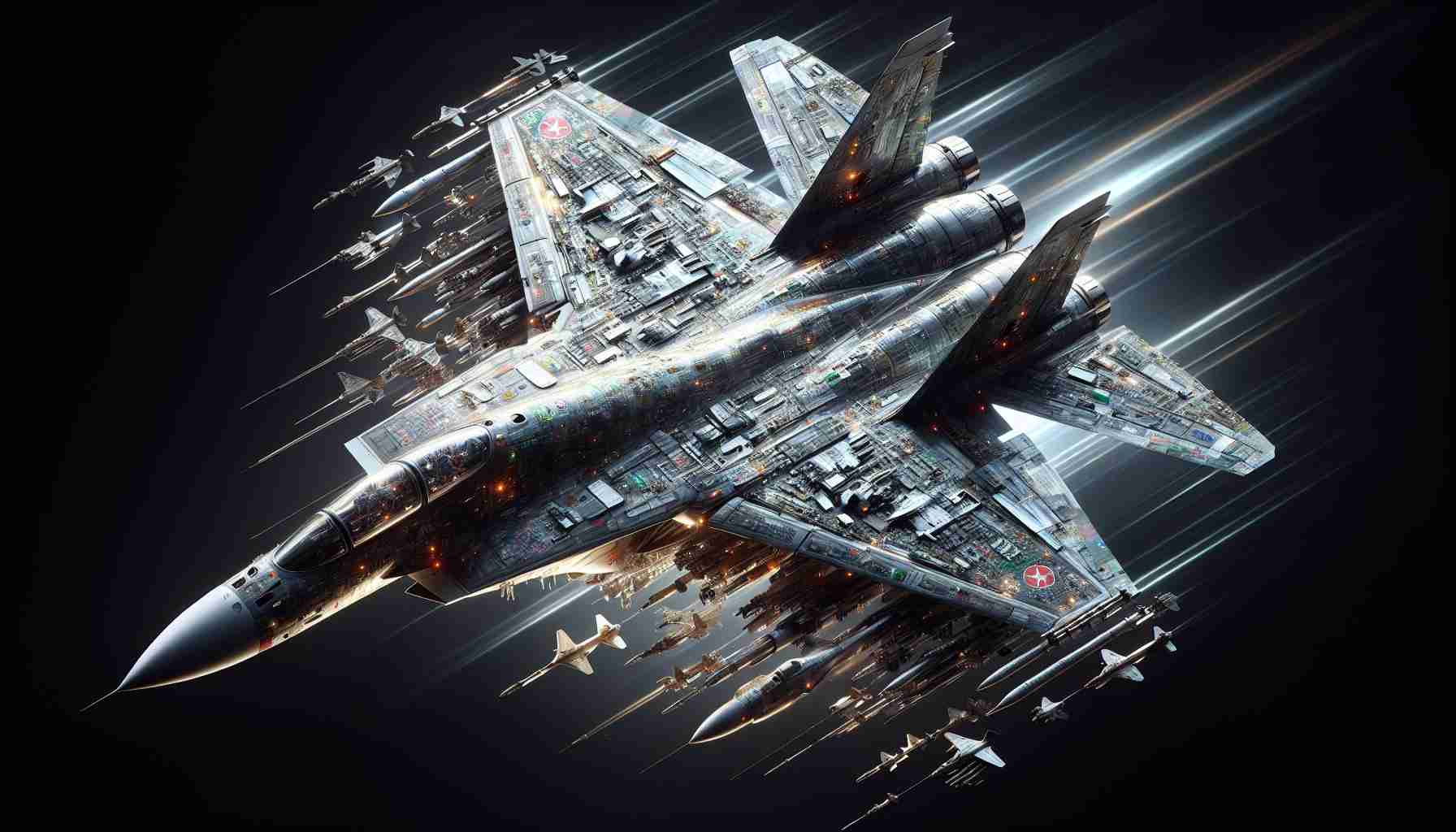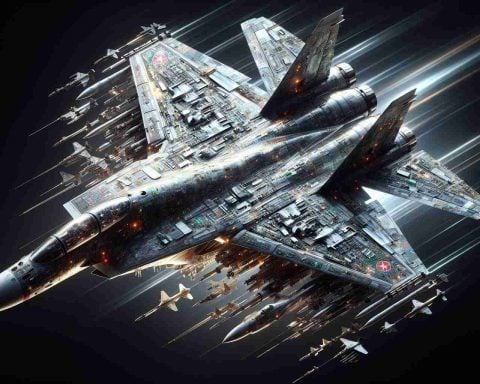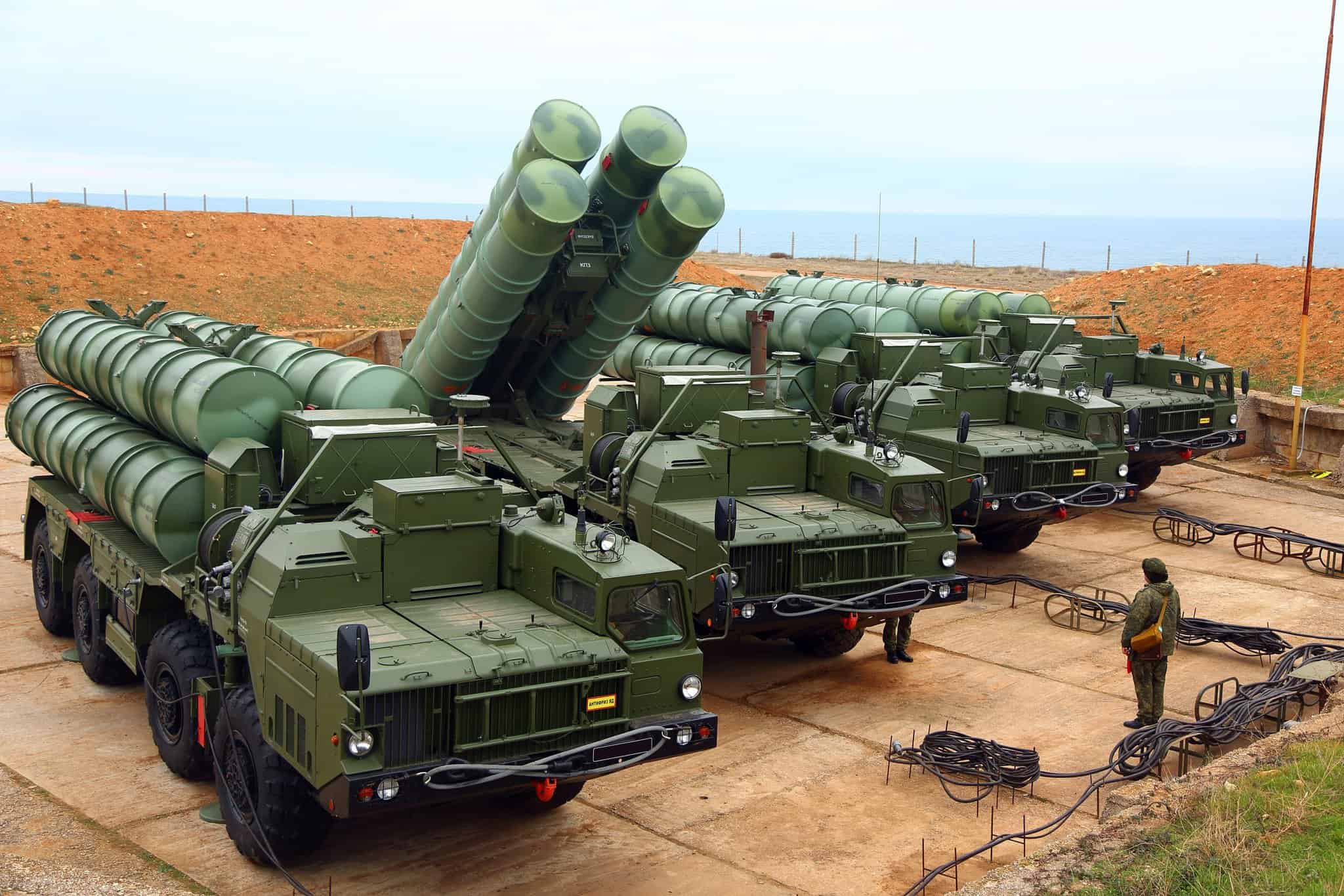Understanding the Challenges of the Su-57 “Felon”
Russia’s ambitious fifth-generation fighter jet, the Su-57 Felon, faces serious hurdles that threaten its future in military aviation. Initially, the jet was heralded as a potential game changer, but its reliance on restricted Western components due to sanctions and outdated manufacturing practices have cast doubt on its viability.
The Su-57 was expected to modernize Russia’s aging fleet, yet production rates remain disappointingly low, preventing mass deployment. Financial difficulties and dwindling foreign arms markets further exacerbate its challenges. Notably, India, once an enthusiastic partner in the jet’s development, withdrew from the program in 2018, signaling a decline in international interest.
The Su-57’s design was conceived during a time of relative secrecy, succeeding earlier programs that ultimately floundered. Although its initial flight occurred in 2010, the jet only began serving the Russian Aerospace Forces a decade later, limiting its potential compared to contemporary fighters.
Moreover, purchasing countries are now favoring Western aircraft known for their reliability and ease of maintenance. With production hampered by a lack of advanced materials and essential components, and Russia’s defense economy faltering under international scrutiny, the long-term prospects for the Su-57 remain bleak. As Russia grapples with ongoing economic pressures, its military ambitions, particularly embodied in the Su-57, may not translate into the expected successes.
The Broader Implications of the Su-57 Felon’s Challenges
The struggle of Russia’s Su-57 Felon serves as a microcosm for the shifting dynamics in global military aviation and geopolitics. As this fifth-generation jet grapples with production delays and international skepticism, its obstacles underscore a broader trend where national defense capabilities increasingly depend on technological advancements and international cooperation. The erosion of confidence in the Su-57 could prompt allied nations to rethink their defense strategies, meanwhile dominating the global arms trade landscape becomes paramount.
In addition to impacting military readiness, the Su-57’s decline poses significant economic ramifications. The Russian defense industry, heavily reliant on arms exports, faces contraction as potential buyers gravitate towards more dependable Western alternatives. This shift could further strangle Russia’s economic lifeblood, especially in times of sanctions that curtail its access to critical technology and investment.
The environmental implications of military aircraft development are also pressing. As advanced fighter jets like the Su-57 struggle to achieve production goals, manufacturers are increasingly scrutinized for their energy-intensive processes and resource consumption. Future trends might see a push towards sustainable aerospace technologies, transforming not only military aviation but also influencing broader cultural perceptions surrounding defense and environmental responsibility.
As such, the Su-57’s journey reflects significant long-term shifts in national security paradigms, economic sustainability, and ecological impacts—the ramifications of which extend far beyond Russia’s borders.
The Future of the Su-57 Felon: Challenges and Innovations Ahead
Understanding the Challenges of the Su-57 “Felon”
The Su-57 Felon has been at the forefront of discussions surrounding modern military aviation, particularly given its status as Russia’s first fifth-generation fighter jet. However, the aircraft faces multiple challenges that may hinder its success in the global arms market and its operational effectiveness.
# Key Features and Specifications
The Su-57 boasts advanced features typical of fifth-generation fighters, including:
– Stealth Technology: Designed to reduce radar cross-section, which enhances survivability.
– Supermaneuverability: Capable of performing complex maneuvers at high angles of attack, improving dogfighting capabilities.
– Multirole Capability: Versatile in various combat roles, including air superiority, ground attack, and reconnaissance.
– Advanced Avionics: Equipped with a sophisticated onboard computer system that integrates sensor data for electronic warfare and combat management.
Despite these impressive characteristics, the practical implementation of such technologies has been less successful than hoped.
# Limitations and Production Challenges
The production of the Su-57 has not met initial expectations. Key limitations include:
– Low Production Rate: As of recent reports, only a small number of Su-57s have been delivered to the Russian Aerospace Forces. This slow production undermines its intended role in modernizing Russia’s air fleet.
– Dependence on Foreign Components: Continued sanctions following geopolitical tensions have limited access to essential Western technologies and components, which affects both production and maintenance capabilities.
– Outdated Manufacturing Practices: The legacy of antiquated manufacturing techniques hampers the operational capacity and reliability of the aircraft.
# Market Trends and Insights
The global arms market is seeing a shift as countries prioritize reliability and cost-effective solutions. Notably:
– Preference for Western Aircraft: Nations that previously considered the Su-57 are leaning toward established Western models acclaimed for their reliability, such as the F-35 Lightning II and Eurofighter Typhoon.
– Shifting International Interest: After India’s withdrawal from the program, Russia has faced diminishing prospects for international collaboration, significantly affecting potential sales.
# Innovations and Future Prospects
In light of these challenges, Russia is exploring various innovations to revive the Su-57’s prospects:
– Upgraded Avionics and Weaponry: Continuous enhancements to the onboard systems and weaponry aim to maintain competitiveness against Western fighters.
– Potential Partnerships: While foreign interest is waning, there are discussions about potential partnerships with countries seeking alternatives to Western military technology.
– Focus on Operational Integration: Enhancing interoperability with existing Russian military assets could improve the Su-57’s effectiveness and appeal.
# Conclusion: What Lies Ahead for the Su-57 Felon?
As the landscape of military aviation evolves, the Su-57 Felon must address significant hurdles related to production, technology reliability, and international perception. Without substantial improvements and a renewed strategy to engage foreign interests, its future may remain uncertain in a rapidly changing global defense environment.
For more insights on military aviation technologies, visit Defense.gov.

















